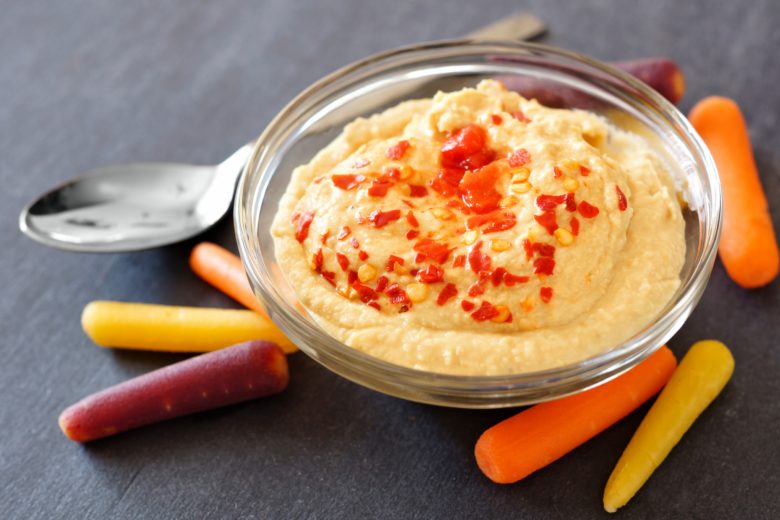
Snacking is at an all-time high. Ninety percent of Americans report snacking on any given day, and according to a USDA report on snacking patterns of U.S. adults, snacking habits have doubled in the past 30 years. While it wasn’t so long ago that snacks were viewed as simply meal spoilers — allowing room for unnecessary calories and nutrient-poor choices — that viewpoint seems to be long gone.
Research now indicates that snacking has its advantages, from aiding in weight loss to helping stabilize blood sugar levels. A 2011 study published in Nutrition Journal found that incorporating low-glycemic index, moderately high-protein snacks helped to reduce body weight and fat loss in type 2 diabetes patients. Yet despite all the perks of snacking and its new and improved reputation, a 2012 survey conducted by the research organization The Hartman Group found soda and sugar to be the two most popular snack choices, contributing up to 38 percent of our daily sugar intake and 21 percent of our daily fat intake.
As snacking is gaining momentum, it’s important for registered dietitians to arm their clients and the public with strategies for snacking smart. Here are a few ways to get the most from your snacking habits:
Don’t let size deceive. Snacks often come in small packages, but can be loaded with calories. If your goal is to lose or maintain your weight, opt for lower calorie snacks, around 150-250 calories.
Educate yourself about labels and claims. It’s so easy to fall victim to the health halo surrounding seals, certifications and terms like “natural, “organic” and “non-GMO” on food packages. But, an organic chocolate chip cookie is still a chocolate chip cookie. It’s important to keep an eye on the ingredients list, as well as nutrient content.
Be aware of your habits. According to a survey on snacking behavior, presented by Laura Hershey, corporate dietitian for Daisy brand cottage cheese, at the Oldways Supermarket Dietitian Symposium in Dallas, TX in February 2013, people are more likely to consume a healthy snack — such as fruits or vegetables — in the morning and the afternoon than they are in the evenings. If you tend to eat potato chips while watching a late-night TV show, opt for whole grain air-popped popcorn instead.
Use snacks as an opportunity to sneak in good nutrition. The healthiest snacks contribute important servings of nutrients to your day. Look to whole foods, such as lean protein choices, fruits, nuts, whole grains and vegetables to boost your snack’s nutrition profile. If you turn to convenient, low-nutrient foods such as chips, cookies and candy, you could be actually crowding out room in your diet for essential vitamins and minerals.
Below are ideas for wholesome, plant-powered snacks that contribute servings of whole foods to your day:
- Lentil soup
- Dried fruit and mixed nuts
- Whole grain bread topped with peanut butter
- Edamame
- Hummus with carrots, bell peppers and snap peas. Check out the recipe below for an easy and healthy hummus option.
Green Pea Hummus
Recipe developed by Sharon Palmer, RD
Makes 2 ½ cups
Ingredients
1 15-oz. can chickpeas, drained (reserve juice)
2 garlic cloves, minced
3 Tbsp lemon juice
2 Tbsp tahini
1 ½ tsp extra virgin olive oil
½ tsp red pepper flakes
1 ⅓ cups frozen peas, thawed, drained
Instructions
- Place drained chickpeas, garlic cloves, lemon juice, tahini, olive oil, red pepper flakes and peas in the container of a blender.
- Add about half of the reserved chickpea juice. Process mixture until smooth, scraping down sides as needed. Add additional chickpea juice as needed to make a smooth, thick hummus.
- Chill until serving time. Serve with whole wheat pita, fresh veggies and sandwiches.

